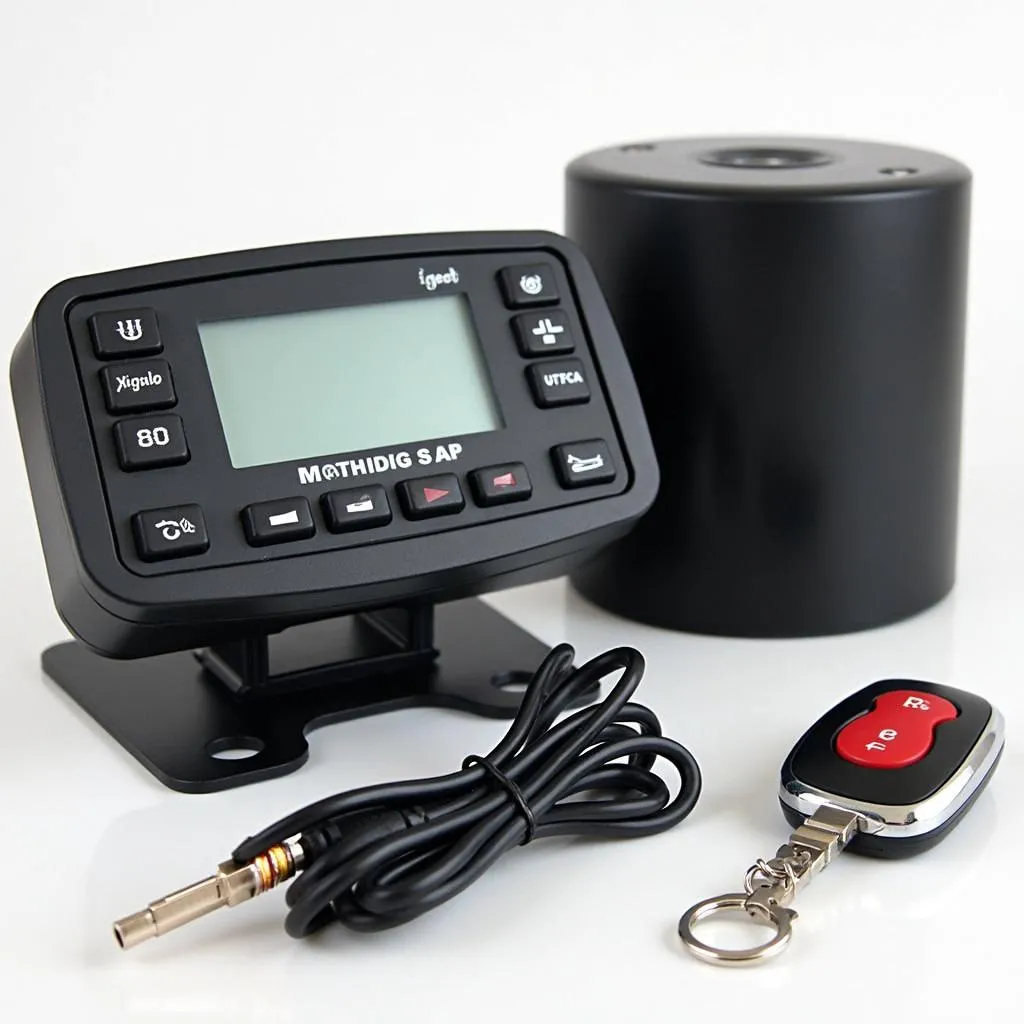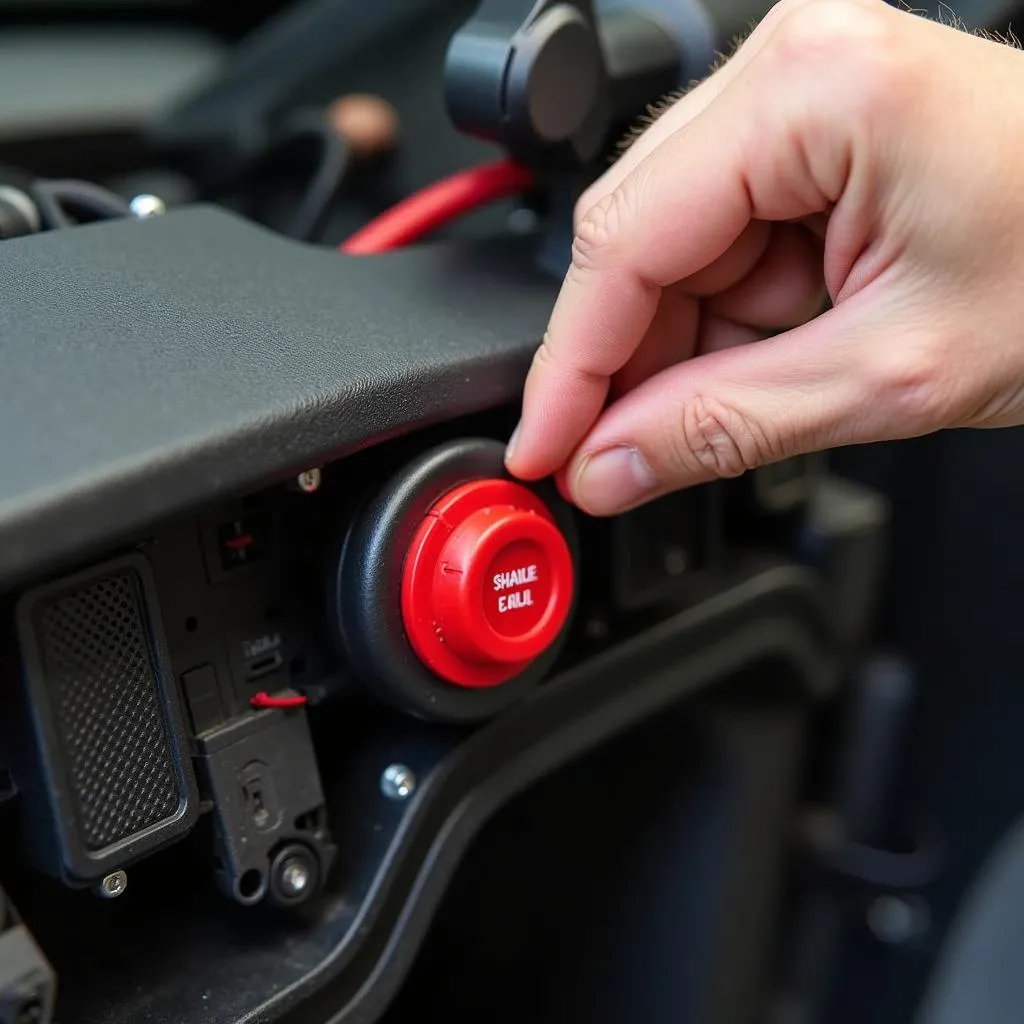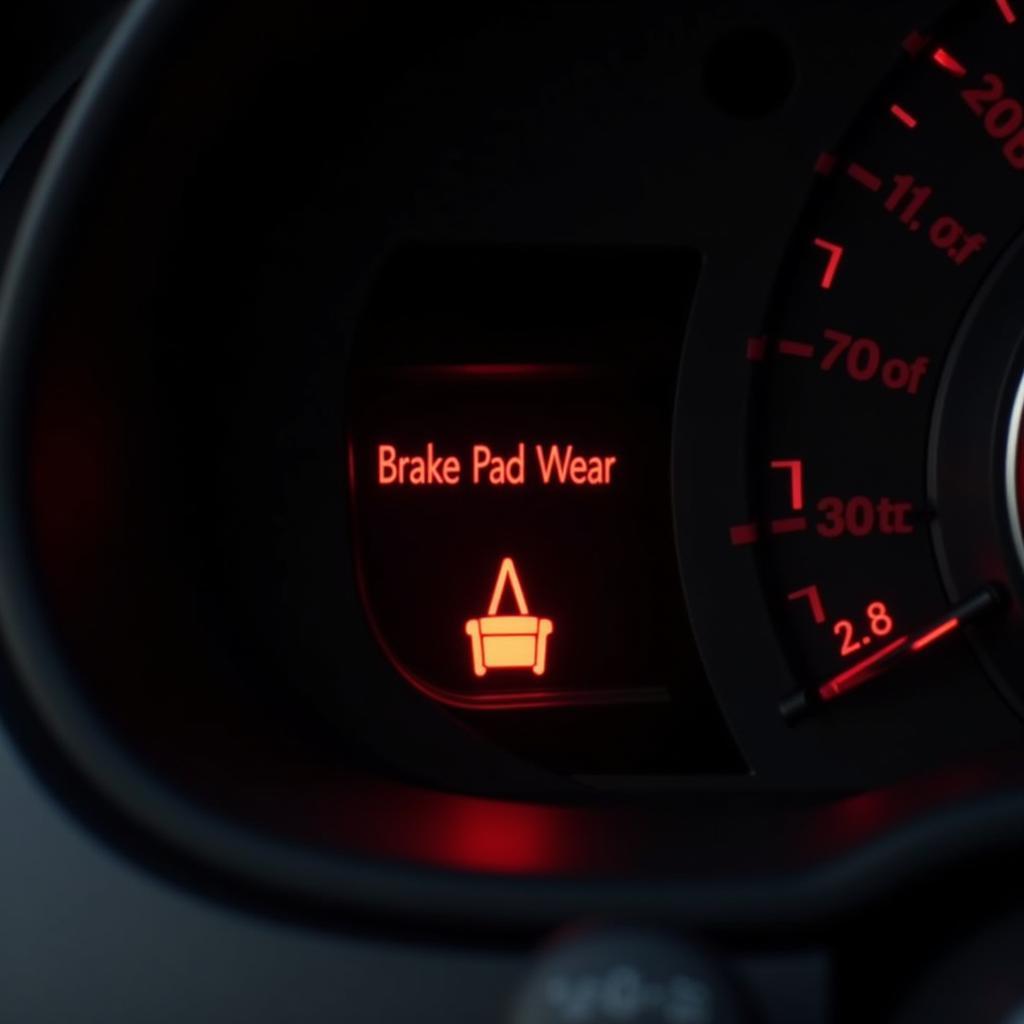In today’s world, protecting your vehicle from theft is more crucial than ever. With advancements in automotive technology, car thieves are becoming increasingly sophisticated. That’s why choosing the right anti-theft device is paramount to deterring potential threats and ensuring peace of mind. But with so many options available, deciding which type of anti-theft device best suits your needs can seem daunting.
This guide will navigate you through the various types of anti-theft systems, their pros and cons, and help you make an informed decision to keep your car safe.
Understanding the Need for Anti-theft Devices
Before we dive into the different types of devices, it’s essential to understand why they’re so important. “Modern vehicles are packed with valuable technology, making them attractive targets for thieves,” says Michael Turner, author of “Automotive Security Systems: A Comprehensive Guide.” Anti-theft devices act as a deterrent and can significantly reduce the risk of your vehicle being stolen.
Types of Anti-theft Devices
The market offers a wide array of anti-theft devices, each with strengths and weaknesses. Here are some of the most common:
1. Immobilizers
Immobilizers are electronic security devices that prevent the engine from starting without the correct key or key fob present. They work by disabling a critical component of the vehicle’s starting system, such as the fuel pump or ignition.
2. Car Alarms
Car alarms are designed to deter thieves by emitting a loud siren when triggered by unauthorized entry or movement. They often feature shock sensors, door and window sensors, and motion detectors. Some advanced alarms also include GPS tracking capabilities.
 Car alarm system with remote control.
Car alarm system with remote control.
3. Steering Wheel Locks
Steering wheel locks are physical deterrents that attach to the steering wheel, making it impossible to turn. These visible devices act as a strong visual deterrent, discouraging thieves from targeting your vehicle.
4. GPS Tracking Systems
GPS tracking systems use satellite technology to pinpoint the real-time location of your vehicle. If your car is stolen, you can track its movements and share the information with law enforcement.
5. Kill Switches
Kill switches are manually operated electrical switches that interrupt the flow of power to the engine, rendering the vehicle inoperable without activation. They provide an extra layer of security beyond the standard ignition system.
 Close up of a car engine kill switch being installed.
Close up of a car engine kill switch being installed.
Choosing the Right Anti-theft Device
The best anti-theft device for you depends on your individual needs and budget. Consider factors like your vehicle’s make and model, your location, and your personal security concerns. For instance, if you live in a high-crime area, a multi-layered approach combining an immobilizer, car alarm, and GPS tracker might be the most effective.
Common Questions About Anti-theft Devices
Q: Can I install an anti-theft device myself?
A: While some basic devices can be self-installed, it’s generally recommended to seek professional installation for optimal performance and to avoid potential damage to your vehicle’s electrical system.
Q: Are factory-installed anti-theft systems sufficient?
A: Factory-installed systems offer a basic level of protection, but upgrading with aftermarket devices can enhance your vehicle’s security significantly.
Q: Do anti-theft devices affect insurance premiums?
A: Yes, many insurance companies offer discounts for vehicles equipped with approved anti-theft devices.
Need Help Diagnosing Car Problems?
If you’re experiencing issues with your vehicle’s electrical system or suspect a problem with your anti-theft system, CARDIAGTECH can help. We offer a wide range of automotive diagnostic tools and software to pinpoint and troubleshoot issues quickly and effectively. Contact us today to learn more about our products and services.


